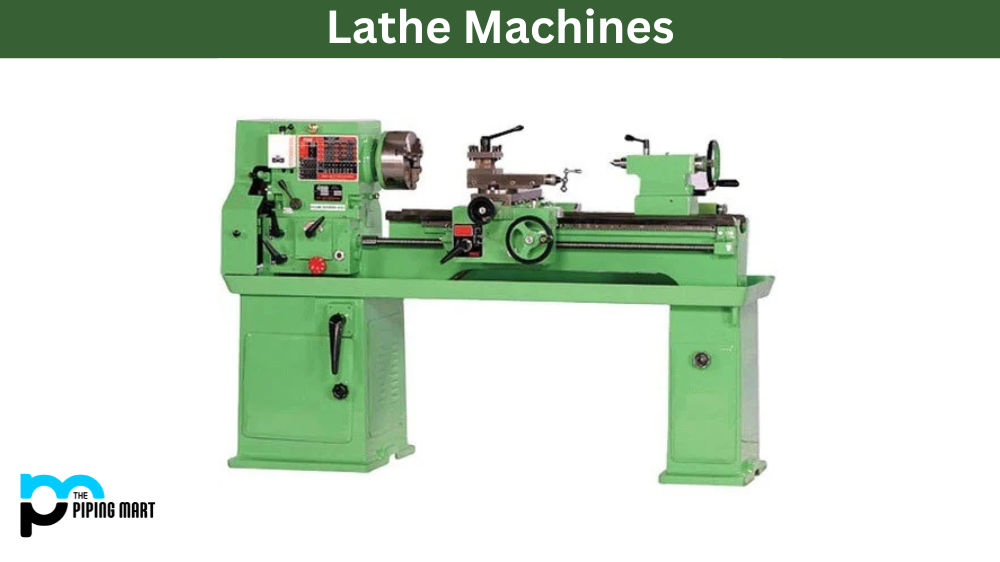If you’re in the engineering or industrial world, then you’ve likely heard of pressure control valves and pressure regulators. But what’s the difference between them? In this blog post, we’ll discuss the differences between pressure control valves and pressure regulators and why it is important to understand these differences for your business.
Pressure Control Valve
A pressure control valve is a valve that controls the upstream or downstream pressure by restricting or increasing the flow rate. It works by creating a variable area through which fluid can flow. These valves are commonly used in oil refineries, water supply systems, chemical plants, and other industries where precise control over fluid pressure is required. A pressure control valve is a device that is used to regulate the pressure of a fluid or gas. The valve is typically installed in a piping system between the source of the fluid or gas and the point of use. The pressure control valve regulates the flow of fluid or gas by opening and closing in response to changes in pressure.
Pressure Regulator
A pressure regulator, on the other hand, is a device that operates on a fixed set point to regulate downstream pressure to a desired level regardless of changes in upstream pressures. It works by controlling the flow rate of incoming gas or liquid into an enclosed system so that the regulated output is constant despite fluctuations in input pressures. Pressure regulators are commonly used in industries such as petrochemicals, food processing, pharmaceuticals, automotive manufacturing, and HVAC systems. A pressure regulator is a device that is used to maintain the pressure of a fluid or gas at a constant level. The regulator is typically installed in a piping system between the source of the fluid or gas and the point of use. The pressure regulator maintains the pressure of fluid or gas by opening and closing in response to changes in pressure.
It’s important to understand when to use each type of device as they both have different purposes – one for regulating outgoing pressures (pressure regulator) and one for controlling incoming pressures (pressure control valve). While both devices can be used for either purpose depending on how they are configured, most applications require either one or the other because their respective design requirements differ significantly.
Difference Between Pressure Control Valve and Pressure Regulator
The primary difference between a pressure control valve and a pressure regulator is its function. A pressure control valve is used to regulate the flow of fluid or gas, while a pressure regulator is used to maintain the pressure of fluid or gas at a constant level. Additionally, a pressure control valve is typically installed in a piping system between the source of the fluid or gas and the point of use, while a pressure regulator can be installed anywhere in the piping system.
Advantages of Pressure Control Valve
One advantage of pressure control valves is that they can be used to regulate the flow of fluids or gases with high pressures. Additionally, they are less likely to cause leaks than other types of valves, such as gate valves. Another advantage of pressure control valves is that they can be adjusted to account for changes in temperature or viscosity, which can help to improve their performance.
Advantages of Pressure Regulators
One advantage of pressure regulators is that they can be used to maintain the pressure of fluids or gases at a constant level, even if there are changes in temperature or viscosity. Additionally, they are less likely to cause leaks than other types of valves, such as gate valves. Another advantage of pressure regulators is that they can be adjusted to account for changes in pressure, which can help to improve their performance
Conclusion:
Pressure control valves and pressure regulators serve different but equally important functions in professional engineering fields. Knowing when to use each type of device is essential for any business owner or engineer looking to optimize their workflow while also ensuring safety measures are taken into account. With a greater understanding of what these two devices do differently from one another comes greater peace of mind when it comes to managing your plant’s processes more efficiently and effectively.

Pipingmart is a B2B portal that specializes in metal, industrial and piping items. Additionally, we share the latest information and information about materials, products and various types of grades to assist businesses that are involved in this business.




